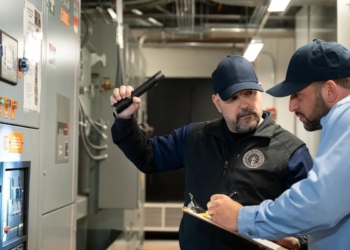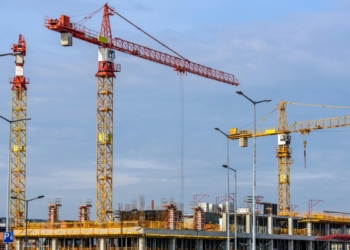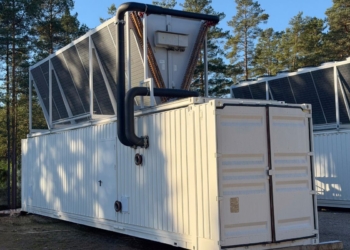AirTrunk announces new data centre in Hong Kong
Author: Isha Jain

AirTrunk has announced plans to develop its second data centre in Hong Kong, supporting the demand for critical digital infrastructure in the region.
The company’s HKG2 data centre will be scalable to over 15MW and strategically located in a new, major cloud availability zone in East New Territories. Initial capacity is expected to be delivered to the anchor tenant in mid-2024.
HKG2 complements HKG1, which opened in late 2020 in the West New Territories and provides location diversity for the company’s large technology customers. The addition takes its capacity to more than 35MW in Hong Kong.
The facility will become the 10th data centre in its APJ platform that also includes data centres in Australia, Japan, Singapore and Malaysia. Collectively, the platform will offer almost 1.38GW across the region.
AirTrunk’s Deputy CEO, Michael Juniper, says, “As a key international business hub, Hong Kong has ambitions to accelerate the development of a digital economy. Combined with the rapid rise of artificial intelligence (AI), there is a huge demand for cloud services and the supporting critical digital infrastructure. HKG2 will play an important role in responding to this demand.”
The data centre will be a retrofit of an existing building and designed to meet the stringent security requirements of global technology customers such as PCI DSS, ISO27001, SOC2 Type 2. Close to key data centres, it will enable international connectivity with direct and low latency access to Greater China and neighbouring North East Asian countries.
AirTrunk’s Head of Hong Kong, KC Li, says, “The development of HKG2 will bring significant benefits to the Hong Kong economy, including the creation of new jobs, enablement of public cloud, sustainable innovation, as well as community contributions.”
HKG2 will be designed to an industry low power usage effectiveness of 1.25 and as part of the company’s broader emissions commitment, deliver net zero emissions by 2030, as well as renewable sourcing options.








